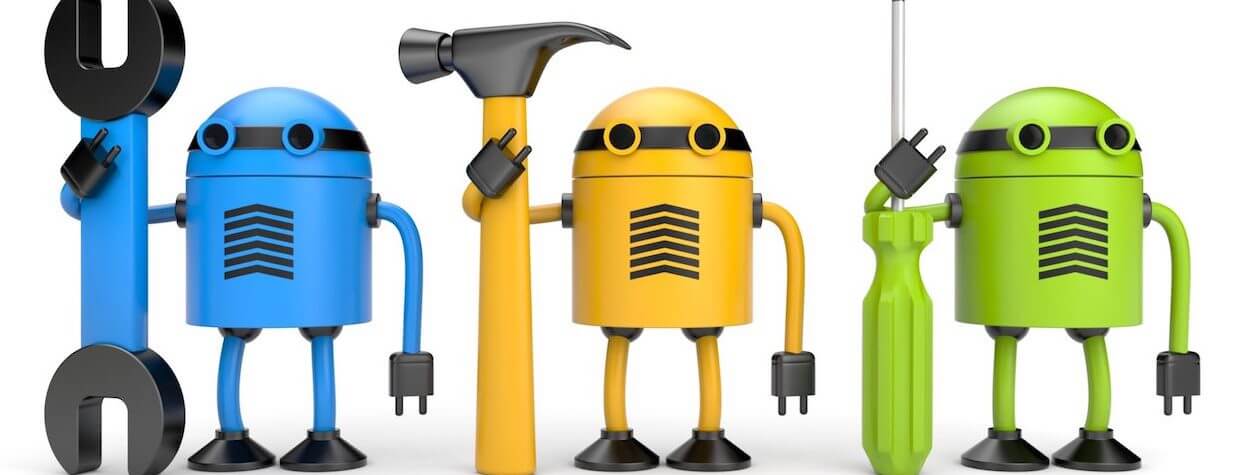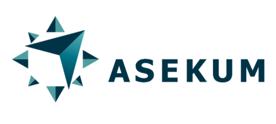Standardization of the robot development process

In one of the previous blog posts I wrote few words related to the automation of the robot manufacturing process. One of them is the concept of standardization. Here I would like to share few words on – why standardization is needed and why we do it at all.
What we try to standardize and how we do it:
Robot standardization
All of our robots share the same pattern; they are made of modules responsible for different aspects around business processes (build the same way for all robots) and main module responsible for realization of the client’s business process. We also maintain the naming standards for elements of both the robot and the platform itself.
Standardization of the process’ logical division
All business processes are divided in the way that lets us maximize the speed of robots’ work and allows us to scale robots horizontally. Furthermore, this divided business process makes change management easier and less prone to errors.
Configuration management standardization
All of our robots use our central configuration management system and the configuration itself is used and stored in a standard manner.
Testing process standards
Robot’s testing process preparation is an inseparable element of all robot shepherds’ work. For all of our robots we create automation tests performed by other dedicated robots.
Reporting and monitoring standardization
Our robots always generate reports in which they describe their work – these reports have business character and contains data related to the business process. In addition, all operations are logged and stored in external log repository. It allows us to monitor our robots on-line, both in terms of business and technical.
Why we do it? Why we standardize at all?
The quickest answer is – because it is faster and cheaper (though at the beginning it seems the opposite). Thanks to standardization, new robo shepherds are able to start their work faster and can deliver robots for our clients earlier. Our standards facilitate the change management process, shorten the time needed to find and remove errors and let us automate robots’ installation. Finally, it gives us more control over individual robots, which in turn allows us to build entire robotic farms.
Standardization is a process, it doesn’t mean that once created standard is eternal and carved in stone. In our case, we make reviews of our standards from time to time (we discuss their form) and if we decide that some element should be changed, we prepare a new version. However, such a change must be well-argued and can not result from the short term needs (“taking a shortcut”).
We know for experience that taking shortcuts always ends with unexpected problems.






